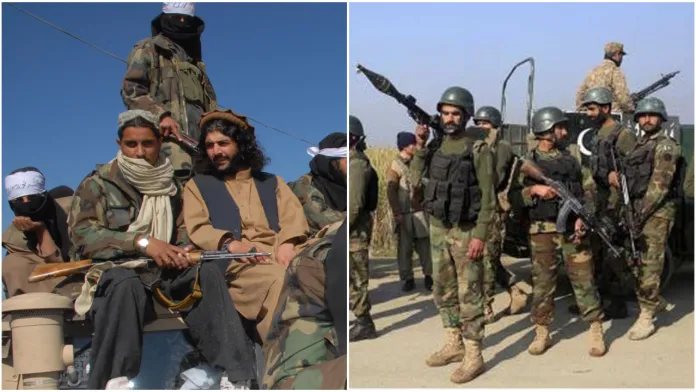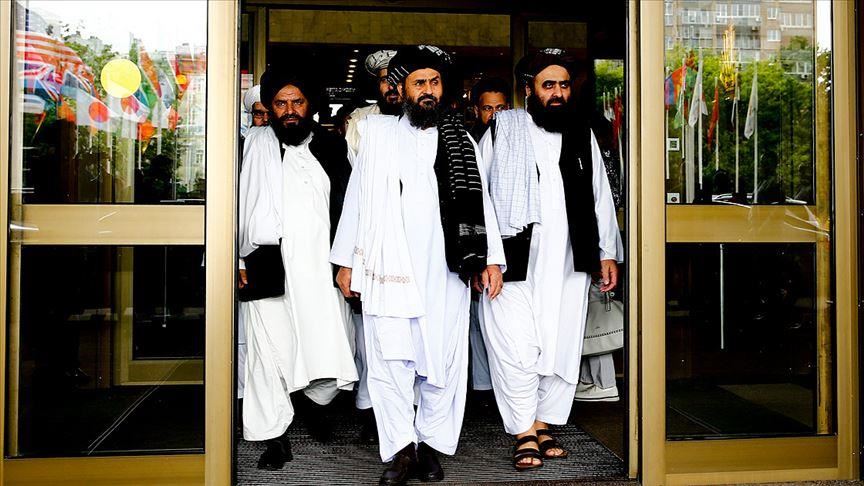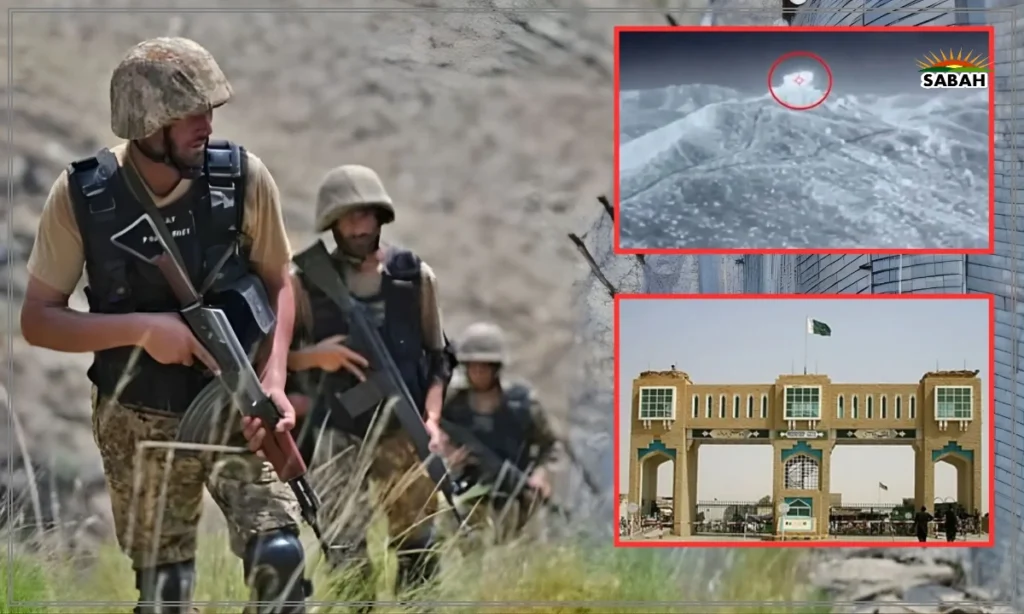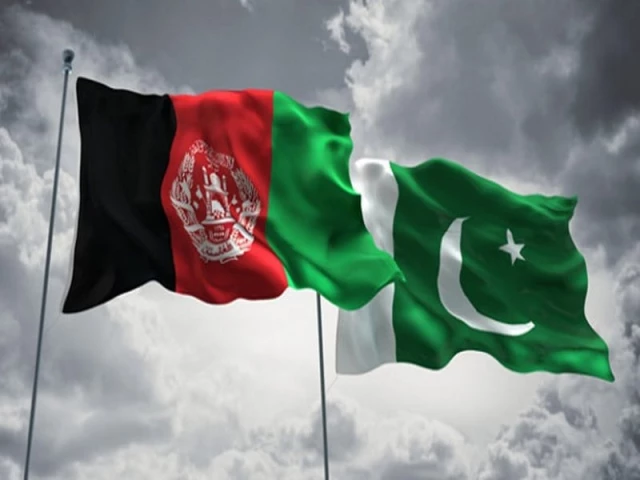Introduction
The relationship between the Afghan Taliban and Pakistan is one of the most intricate and volatile in modern geopolitics. Rooted in shared history, ethnic ties, and strategic interests, it has oscillated between alliance and antagonism. Pakistan played a pivotal role in the Taliban’s rise during the 1990s, providing military, logistical, and diplomatic support. However, this partnership has frayed over time, particularly after the Taliban’s return to power in 2021, leading to accusations of betrayal, border skirmishes, and mutual distrust.
This article delves into the origins of this relationship, tracing its beginnings from the Soviet-Afghan War era, through the post-9/11 period, to the latest developments as of October 2025. We explore how historical alliances have given way to contemporary conflicts, driven by issues like terrorism, border disputes, and regional power plays. With escalating tensions marked by recent military clashes and a fragile ceasefire, the dynamics continue to shape South Asian security.

Historical Foundations: The Birth of an Uneasy Alliance
The story of the Afghan Taliban and Pakistan’s intertwined fates begins in the late 1970s, amid the chaos of the Soviet invasion of Afghanistan. In 1979, the Soviet Union deployed troops to prop up a communist regime in Kabul, sparking a decade-long jihad that drew mujahideen fighters from across the Muslim world. Pakistan,
Under General Zia-ul-Haq, Pakistan became the frontline state in this proxy war, channeling billions in U.S. aid to Afghan resistance groups. The Inter-Services Intelligence (ISI), Pakistan’s premier spy agency, coordinated training camps in Pakistan’s tribal areas, fostering alliances with Pashtun-dominated factions. This period laid the groundwork for Pakistan’s “strategic depth” doctrine – the idea that a friendly regime in Afghanistan would provide a buffer against India and prevent encirclement.
As the Soviets withdrew in 1989, Afghanistan descended into civil war among mujahideen warlords. By 1994, the Taliban – a movement of religious students (talib means student in Pashto) – emerged from madrasas in Pakistan’s border regions. Many Taliban leaders, including Mullah Omar, had studied in Pakistani seminaries funded by Saudi Arabia and supported by Islamabad. Pakistan saw the Taliban as a stabilizing force: predominantly Pashtun, they could unify Afghanistan under a pro-Pakistan government, countering the influence of India-backed Northern Alliance factions. In 1996, when the Taliban captured Kabul and established the Islamic Emirate of Afghanistan, Pakistan was one of only three countries (alongside Saudi Arabia and the UAE) to recognize it diplomatically.
Pakistan’s support was multifaceted. It provided safe havens, arms, and fuel subsidies, enabling the Taliban to consolidate power. In return, the Taliban offered Pakistan influence over Afghan trade routes and a denial of sanctuary to anti-Pakistan elements. However, this alliance was not without friction. The Taliban’s harsh interpretation of Sharia law drew international condemnation, and their harboring of Osama bin Laden after the 1998 U.S. embassy bombings strained Pakistan’s relations with the West. Nonetheless, Islamabad maintained ties, viewing the Taliban as a hedge against Indian encroachment in Afghanistan.
The turning point came on September 11, 2001. Al-Qaeda’s attacks on the U.S. prompted President George W. Bush’s ultimatum to Pakistan: “You’re either with us or against us.” Under President Pervez Musharraf, Pakistan pivoted, joining the U.S.-led coalition and allowing NATO forces to use its airspace and bases. This “double game” – publicly aiding the U.S. while allegedly providing covert support to the Taliban – became a hallmark of Pakistani policy. The Taliban, ousted from power in late 2001, retreated to Pakistan’s Federally Administered Tribal Areas (FATA), where they regrouped. Accusations flew that the ISI sheltered Taliban leaders, allowing them to launch insurgencies against NATO forces in Afghanistan.
This era also saw the rise of the Tehrik-i-Taliban Pakistan (TTP), or Pakistani Taliban, formed in 2007 as a loose alliance of militants opposing Islamabad’s cooperation with the U.S. The TTP, inspired by their Afghan counterparts, waged a brutal campaign inside Pakistan, killing thousands in bombings and attacks. Pakistan’s military launched operations like Zarb-e-Azb (2014) to clear TTP strongholds in North Waziristan, but many fighters fled to Afghanistan, where they allegedly received sanctuary from the Afghan Taliban. This cross-border dynamic sowed seeds of distrust: Pakistan accused the Afghan government (then under Ashraf Ghani) of harboring TTP, while Kabul blamed Islamabad for supporting the Taliban insurgency.
By the mid-2010s, U.S.-Taliban talks in Doha highlighted Pakistan’s leverage. Islamabad facilitated negotiations, hosting Taliban delegations and pressuring them to engage. The 2020 Doha Agreement, brokered with Pakistani involvement, paved the way for U.S. withdrawal. When the Taliban swept back to power in August 2021, capturing Kabul as Afghan forces collapsed, Pakistan’s then-Prime Minister Imran Khan hailed it as Afghans “breaking the shackles of slavery.” Initial optimism prevailed: a Taliban regime was expected to align with Pakistani interests, curb TTP, and facilitate economic ties like the China-Pakistan Economic Corridor (CPEC) extension into Afghanistan.

Post-2021: From Honeymoon to Hostility
The Taliban’s 2021 victory initially seemed a boon for Pakistan. Bilateral trade surged, and Islamabad pushed for international recognition of the new regime to stabilize the region. However, cracks appeared swiftly. The core issue: the TTP. Emboldened by the Afghan Taliban’s success, TTP attacks in Pakistan escalated, rising from 120 in 2020 to over 600 by 2023. Pakistan alleged that TTP leaders, including Noor Wali Mehsud, operated from Afghan soil with Taliban acquiescence. Kabul denied this, countering that Pakistan’s own policies had created the militants.
Border disputes exacerbated tensions. The Durand Line, the 2,640-km frontier drawn by British colonialists in 1893, has long been contested. Afghanistan never formally recognized it, viewing it as a divider of Pashtun communities. Post-2021, Pakistan accelerated fencing along the border to curb smuggling and militancy, provoking Taliban protests. Skirmishes erupted, such as in December 2021 when Taliban forces dismantled fencing in Kunar province.
Economic strains added fuel. Pakistan deported over 1.7 million undocumented Afghans in late 2023, citing security concerns amid TTP attacks. This humanitarian crisis worsened relations, with the Taliban accusing Islamabad of collective punishment. Diplomatically, Pakistan lobbied for Taliban engagement but faced isolation as the regime’s isolationist policies – banning women’s education and harboring al-Qaeda remnants – deterred global recognition.
By 2024, military confrontations intensified. Pakistan conducted airstrikes in Afghanistan’s Khost and Paktika provinces in March 2024, targeting TTP camps after a suicide bombing killed seven soldiers in North Waziristan. The Taliban retaliated with cross-border fire, killing civilians. Similar incidents recurred, highlighting the fragility. Pakistan’s “Azm-e-Istehkam” operation in mid-2024 aimed to eradicate militancy but drew Taliban warnings against incursions.
Regional geopolitics complicated matters. China’s influence grew via the Belt and Road Initiative, with Beijing hosting trilateral talks in May 2024 to urge anti-terror cooperation. However, India’s outreach to the Taliban – reopening its embassy in Kabul by October 2025 – alarmed Pakistan. New Delhi’s humanitarian aid and Chabahar port promotion signaled the Taliban’s diversification of ties, reducing dependence on Islamabad. This shift was underscored by Taliban statements viewing India as a “significant regional and economic partner.”
Escalating Tensions in 2025: The Resurgence of Conflict
Entering 2025, relations deteriorated further amid the TTP’s resurgence. In January 2025, a PRIF Blog analysis noted the TTP’s revival, with implications for Pak-Afghan ties. The group, buoyed by Taliban control, launched sophisticated attacks, including drone strikes on Pakistani security forces. Pakistan demanded Kabul dismantle TTP sanctuaries, but the Taliban, sharing ideological bonds with TTP, mediated talks instead – a move Islamabad viewed as insufficient.
Border clashes became routine. In April 2025, Pakistan pressured Afghanistan to relocate TTP fighters away from the border during a foreign minister’s visit to Kabul. By May, amid U.S. withdrawal echoes, Pakistan upgraded ties with the Taliban but released alleged spies, signaling a dual policy. Yet, tensions simmered: Pakistan supported anti-Taliban groups like the National Resistance Front (NRF) and Afghanistan Freedom Front (AFF), former adversaries now seen as allies against Kabul.
In June 2025, Afghan crackdowns on anti-Pakistan elements briefly improved relations, with Kabul arresting individuals targeting Pakistanis. However, by July, the Taliban urged TTP to surrender, coordinating with Pakistan on counter-terrorism. This cooperation was short-lived; August saw Pakistan issue ultimatums to end TTP and Baloch Liberation Army (BLA) support, threatening unilateral operations.
September 2025 marked a low: Pakistan summoned the Afghan ambassador, accusing Kabul of TTP ties and Indian RAW support for militants. October brought full-blown crisis.

October 2025: The Latest Escalation and Fragile Ceasefire
As of October 16, 2025, relations hit a nadir with deadly clashes, the deadliest since 2021. The spark: On October 11, heavy clashes erupted along the Durand Line, particularly in Spin Boldak (Afghanistan) and Chaman (Pakistan). Afghan Taliban forces attacked Pakistani checkpoints, reportedly with Baloch insurgents’ aid, killing over 23 Pakistani troops. Pakistan retaliated with airstrikes on Taliban positions in Kabul, Kandahar, and Paktika, destroying tank posts and claiming over 40 Taliban casualties.
The Taliban accused Pakistan of territorial violations and “proxy war” tactics, with Defense Minister Khawaja Asif bizarrely claiming India backed the Taliban. Explosions rocked Kabul on October 13, blamed on Pakistani drones, prompting civilian evacuations in Helmand. Fighting spread to Zazai Maidan, Shourko, and Khyber sectors, with reports of Pakistani drones over Kabul.
By October 14, over 12 civilians died in border fighting. Pakistan repelled attacks in Balochistan and Kurram, killing dozens of Taliban fighters. President Asif Ali Zardari and COAS Asim Munir reviewed the situation, vowing firm defense.
On October 15, amid international concerns, both sides agreed to a 48-hour ceasefire effective 6 PM, at the Taliban’s request to enable dialogue. The truce followed mutual claims of initiating it, but it halted immediate violence after days of bloodshed.
Analysts warn patching up won’t be easy. Pakistan signals a policy shift, breaking ranks over TTP harbors. The Taliban returned Pakistani soldiers’ bodies, a gesture amid tensions. Experts like Hameed Hakimi note rising impatience. Senior Afghan journalists warn of wider conflict, urging intervention by Qatar, Iran, Saudi Arabia, and Turkey.
Analysis: Drivers, Implications, and Future Prospects
The root causes are structural: the Durand Line dispute, ethnic Pashtun nationalism, and terrorism spillovers. Pakistan’s “strategic depth” has backfired; the Taliban, once puppets, now assert independence, hosting TTP as leverage. India’s reset with the Taliban exacerbates Pakistan’s paranoia, fueling claims of “proxy wars.”
Implications are dire: Instability threatens CPEC, regional trade, and counter-terrorism. Humanitarian crises loom with refugee flows. For Pakistan, internal security erodes; for the Taliban, isolation deepens.
Future outlook: The ceasefire offers breathing room, but without addressing TTP and borders, escalation risks persist. Multilateral mediation – involving China, the U.S., and neighbors – is crucial. Pakistan may intensify support for anti-Taliban factions or conduct more strikes, while the Taliban could formalize TTP ties, sparking jihadist incursions.
Conclusion
From allies in the 1990s to adversaries in 2025, the Afghan Taliban-Pakistan relationship exemplifies the perils of proxy politics. What began as a strategic partnership amid Cold War remnants has evolved into a cycle of mistrust and violence. The October 2025 clashes and ceasefire underscore the urgency for dialogue. Sustainable peace requires mutual concessions: Kabul curbing TTP, Islamabad respecting Afghan sovereignty. Without it, South Asia’s powder keg risks ignition, with global repercussions. As borders remain contested and militants thrive, the path forward demands wisdom over weaponry.



